Watching The Kids: A Deeper Dive Into The Complexities Of Childhood By Movie
Watching the Kids: A Deeper Dive into the Complexities of Childhood By Movie
Associated Articles: Watching the Kids: A Deeper Dive into the Complexities of Childhood By Movie
Introduction
With nice pleasure, we’ll discover the intriguing matter associated to Watching the Kids: A Deeper Dive into the Complexities of Childhood By Movie. Let’s weave attention-grabbing info and provide recent views to the readers.
Desk of Content material
Watching the Kids: A Deeper Dive into the Complexities of Childhood By Movie

The cinematic portrayal of childhood is a multifaceted and sometimes contradictory panorama. From saccharine sweetness to unflinching realism, movies about youngsters replicate not solely the innocence and surprise related to youth, but in addition the cruel realities, vulnerabilities, and complicated emotional lives typically missed or underestimated. "Watching the Kids," then, turns into not only a passive act however a essential engagement with how society constructs and perceives childhood, how youngsters navigate their worlds, and the way their experiences form their futures. This exploration will delve into the various methods filmmakers method the topic, analyzing key themes, stylistic decisions, and the lasting affect of those cinematic representations.
Probably the most prevalent themes in movies specializing in youngsters is the exploration of innocence and its inevitable loss. Movies like "The 400 Blows" (1959) by François Truffaut masterfully seize the bittersweet transition from carefree youth to the cruel realities of adolescence. Antoine Doinel’s rebellious acts, stemming from a lack of expertise and affection, will not be merely infantile pranks however determined cries for connection. Truffaut’s unflinching portrayal avoids sentimentality, providing a nuanced take a look at the complexities of a younger boy grappling with a fractured household and a society that fails to grasp him. Equally, movies like "Bicycle Thieves" (1948) by Vittorio De Sica, whereas seemingly easy in its narrative, powerfully depicts the lack of innocence by way of the lens of poverty and societal injustice. The kid’s unwavering religion in his father is examined by the brutal realities of their state of affairs, leaving a long-lasting impression on the viewer concerning the fragility of childhood within the face of hardship.
Conversely, many movies select to emphasise the fantastical and imaginative world of youngsters. Works like "Pan’s Labyrinth" (2006) by Guillermo del Toro mix the cruel realities of battle with a magical realm created by the younger protagonist, Ofelia. This duality permits the movie to discover the ability of creativeness as a coping mechanism within the face of trauma, showcasing the resilience and internal energy of youngsters. Equally, Studio Ghibli movies, corresponding to "My Neighbor Totoro" (1988) and "Spirited Away" (2001), make the most of animation to create vibrant and enchanting worlds that resonate with the childlike sense of surprise and journey. These movies have fun the ability of friendship, household, and the significance of preserving a way of magic within the face of grownup anxieties and obligations.
Nonetheless, the portrayal of childhood is just not all the time idyllic. Many movies confront the darker facets of the kid’s expertise, exploring themes of abuse, neglect, and trauma. "Room" (2015) presents a harrowing but in the end hopeful portrayal of a younger boy’s resilience within the face of captivity. The movie delicately handles the complexities of trauma, highlighting the significance of assist and the enduring energy of the human spirit. Equally, movies like "Valuable" (2009) and "Beasts of the Southern Wild" (2012) sort out difficult themes of poverty, abuse, and environmental devastation, demonstrating the profound affect of those experiences on youngsters’s lives. These movies, whereas troublesome to look at, are essential for fostering a deeper understanding of the challenges confronted by weak youngsters and the necessity for societal intervention.
The stylistic decisions employed by filmmakers considerably affect the viewers’s notion of childhood. Using point-of-view pictures, for instance, can immerse the viewer within the kid’s perspective, permitting for a larger understanding of their emotional panorama. "The Tree of Life" (2011) makes use of this method successfully, showcasing the world from the attitude of a younger boy navigating the complexities of household life and religion. Conversely, using gradual movement or close-ups can heighten the emotional affect of particular scenes, emphasizing the vulnerability and innocence of the kid. The selection of setting additionally performs an important function, with filmmakers typically utilizing pure settings to emphasise the kid’s connection to nature and the broader world.
Moreover, the connection between youngsters and adults is a recurring motif in movies about childhood. The grownup characters typically function both protectors, mentors, or antagonists, shaping the kid’s improvement and worldview. The dynamic between the kid and grownup could be complicated and multifaceted, reflecting the ability imbalances inherent of their relationship. Movies like "Little Miss Sunshine" (2006) and "Juno" (2007) discover the complexities of household relationships, highlighting the assist and challenges that youngsters face as they navigate their adolescence. These movies showcase the significance of communication and understanding in fostering wholesome household dynamics.
Past the narrative and stylistic decisions, the affect of movies on the viewers’s notion of childhood is critical. Movies can form societal attitudes in the direction of youngsters’s rights, welfare, and the significance of defending weak youth. The highly effective imagery and emotional resonance of those movies can encourage empathy, elevate consciousness about essential points, and inspire audiences to take motion. The lasting affect of those movies extends past leisure, influencing public discourse and coverage debates associated to baby welfare and safety.
In conclusion, "Watching the Kids" in movie is a multifaceted and deeply rewarding expertise. It is a chance to have interaction with the complexities of childhood, to understand the innocence and surprise of youth, and to confront the cruel realities that many youngsters face. From the idyllic landscapes of Studio Ghibli movies to the gritty realism of "The 400 Blows," these cinematic portrayals provide a various vary of views, prompting reflection on the significance of defending and nurturing youngsters, understanding their distinctive views, and fostering a extra compassionate and simply society. The movies mentioned right here, and numerous others, function highly effective reminders of the enduring affect of childhood experiences and the pressing must safeguard the well-being of future generations. By critically partaking with these cinematic representations, we will domesticate a deeper understanding of childhood and its profound affect on the human expertise. The act of "Watching the Kids" turns into, subsequently, an important step in the direction of making a extra knowledgeable and empathetic world for all.

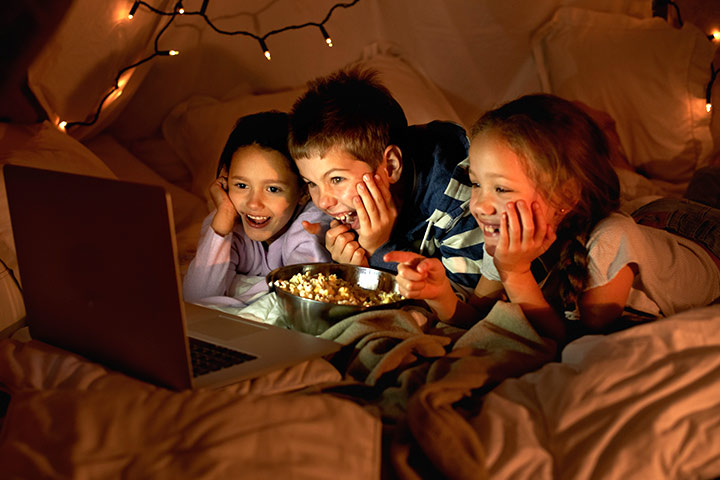

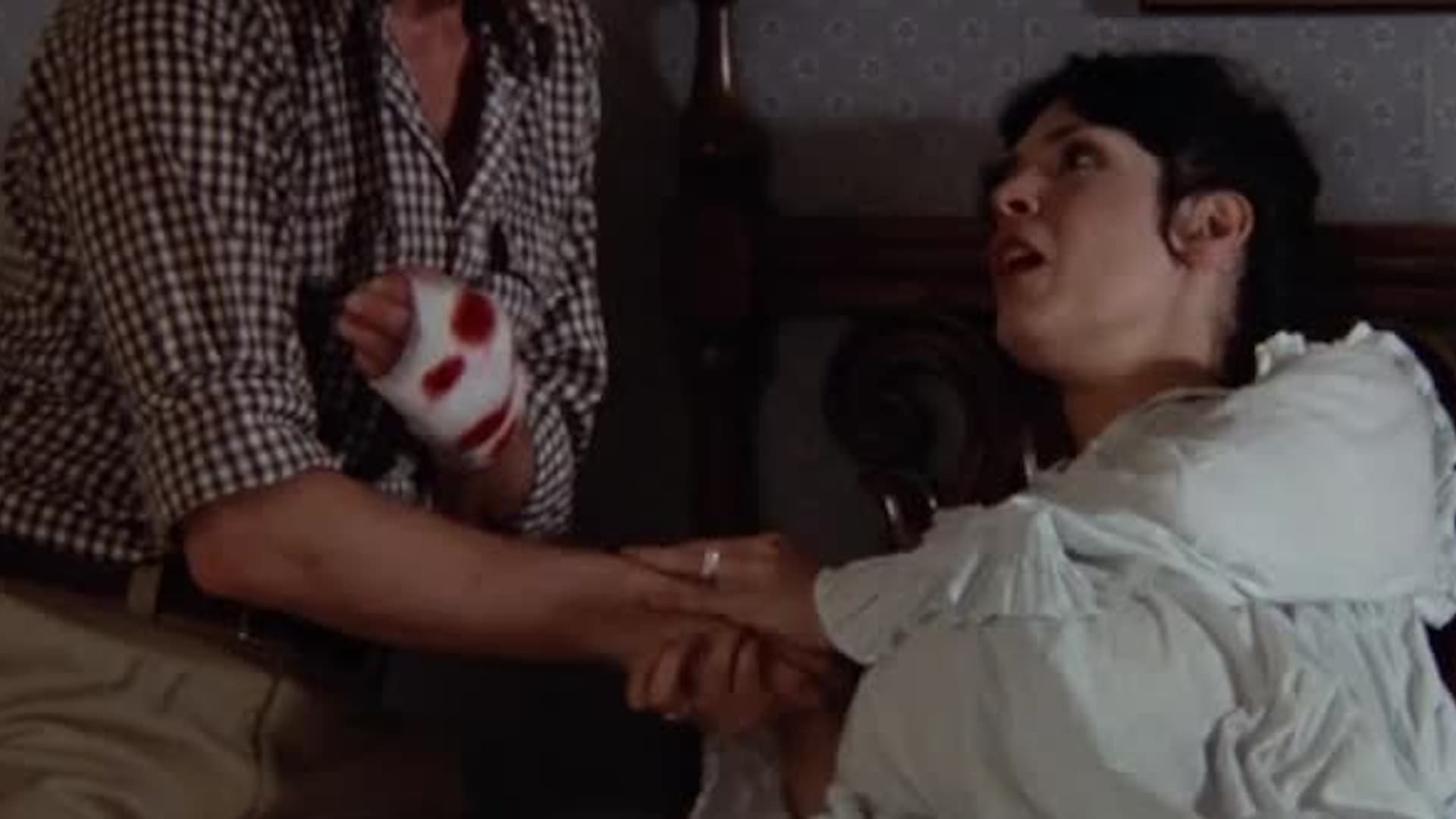
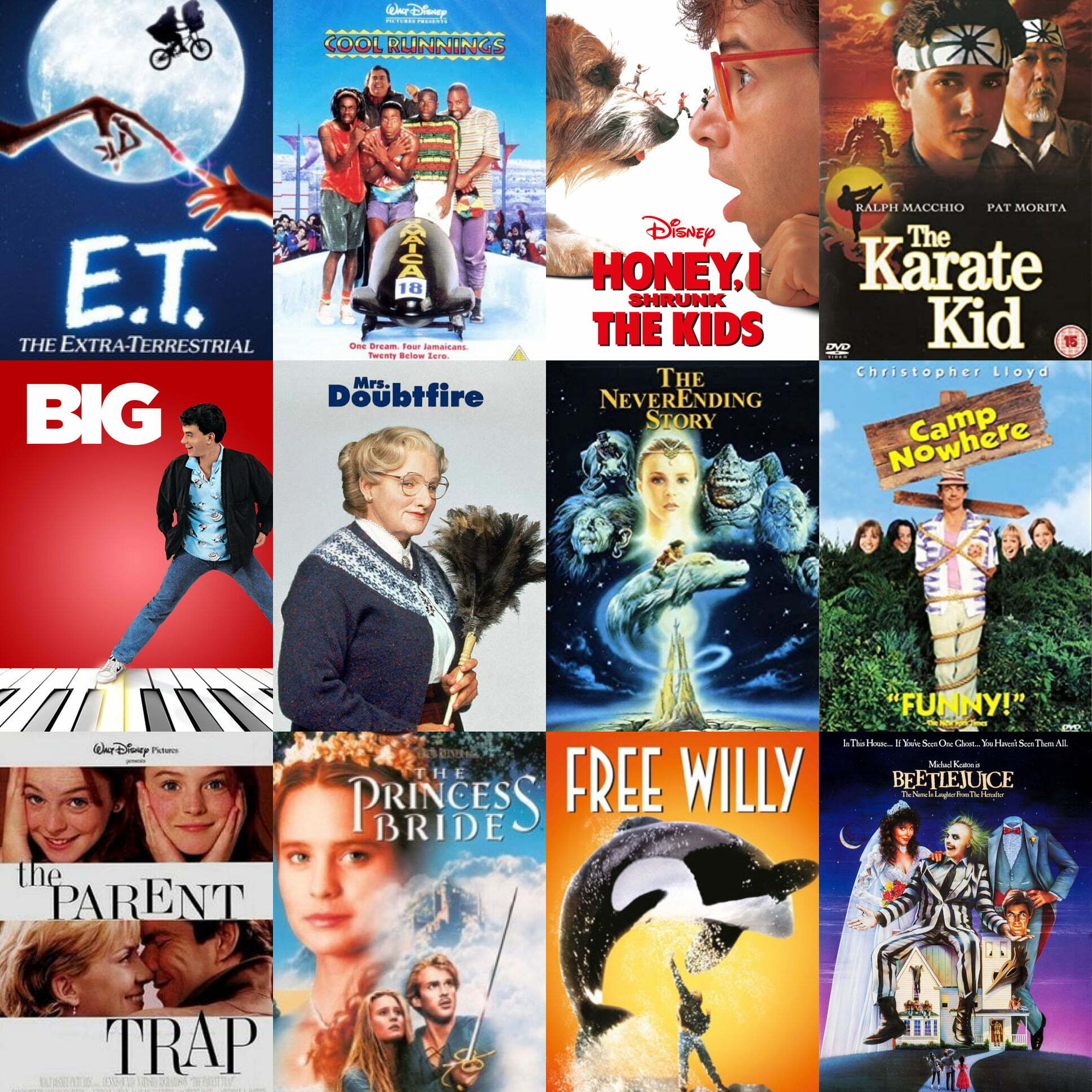
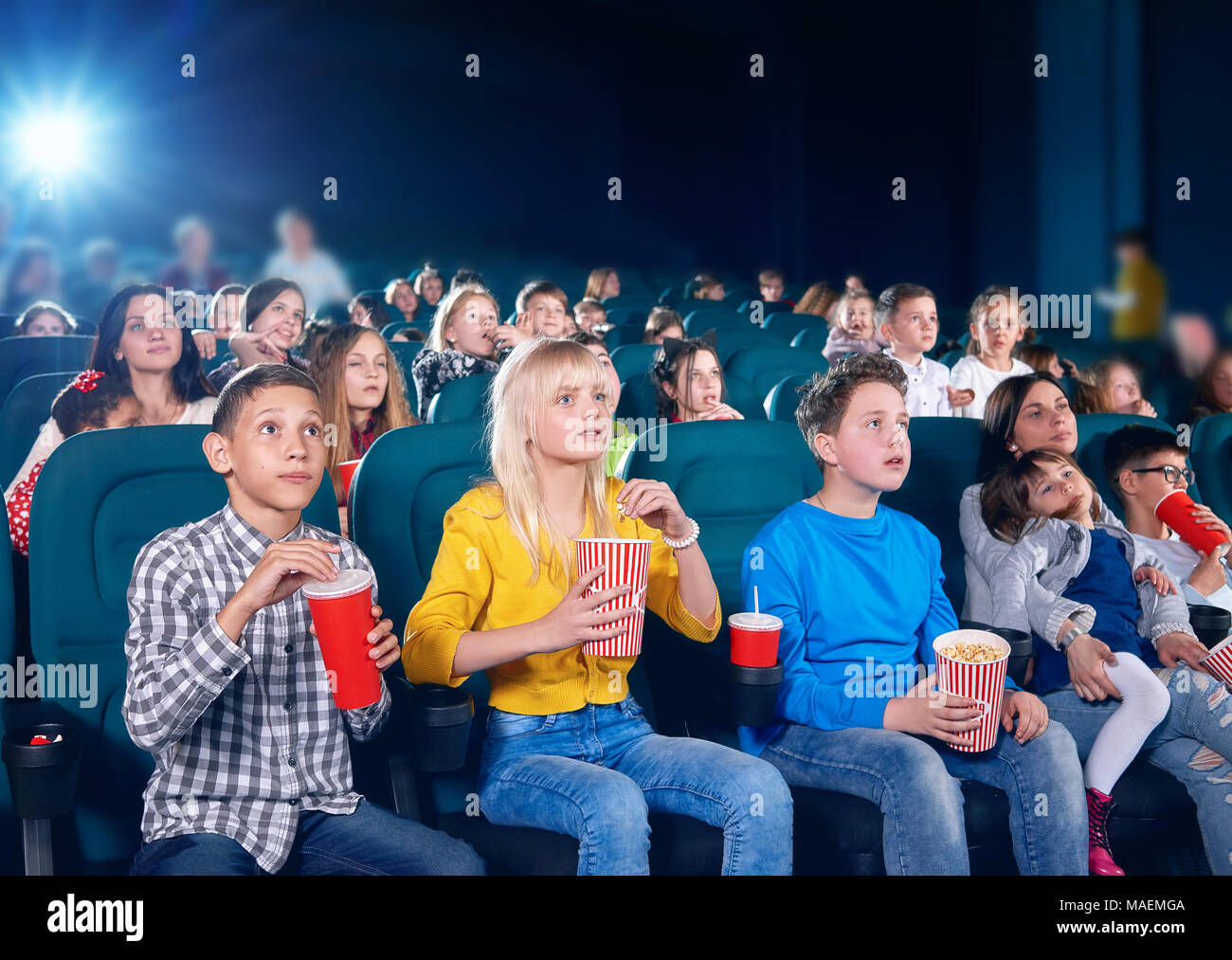

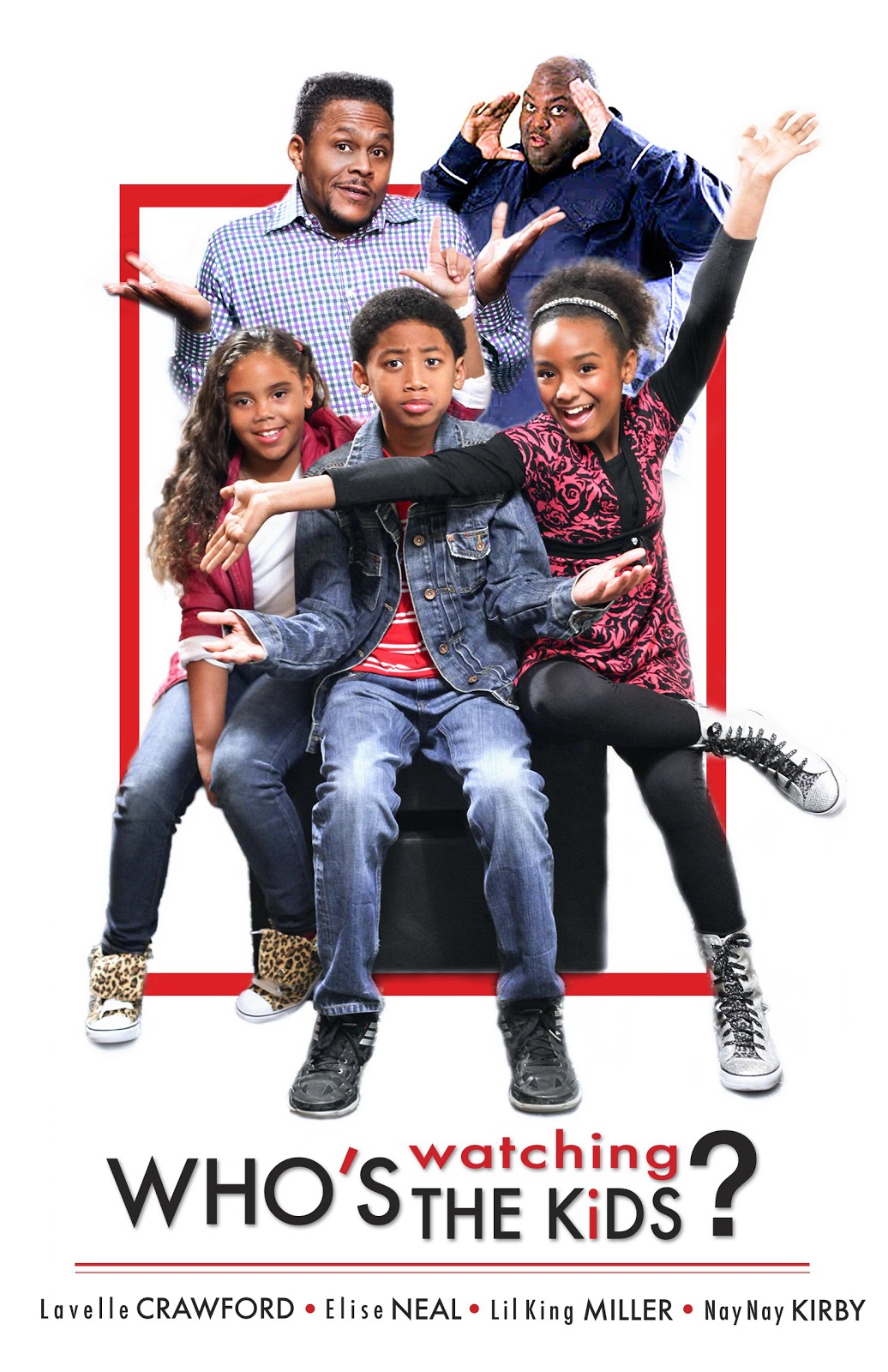
Closure
Thus, we hope this text has supplied beneficial insights into Watching the Kids: A Deeper Dive into the Complexities of Childhood By Movie. We hope you discover this text informative and useful. See you in our subsequent article!